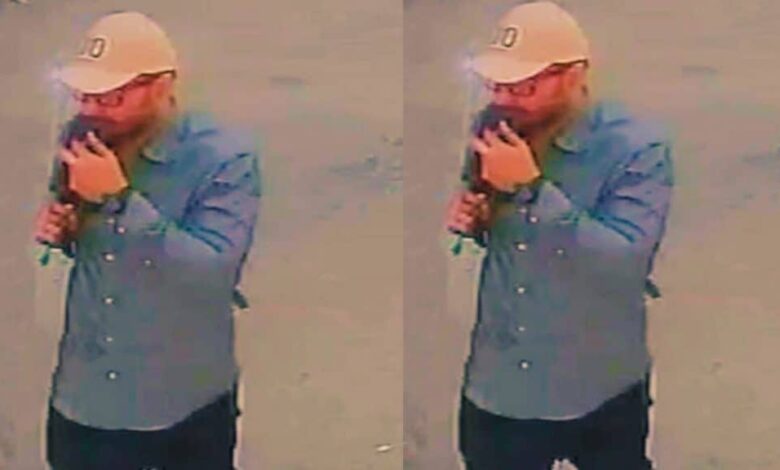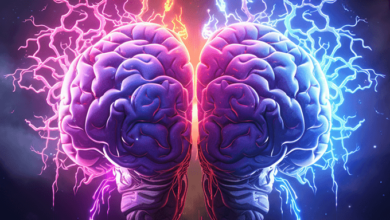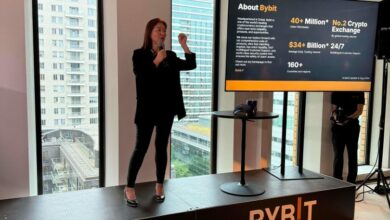
Facial recognition challenges emerge in Bengaluru cafe blast case.
In the investigation of the blast at a Bengaluru cafe, police are relying on facial recognition technology (FRT) to identify the suspect seen leaving a bag at the site. Surveillance footage showed a masked individual, but FRT searches have proven challenging.
The city police shared that CCTV footage captured the suspect’s facial features, which were matched using FRT. However, with the suspect wearing a mask, identification becomes difficult, as seen during the 2019 Hong Kong protests, where most wore masks.
Technology experts note that FRT can identify masked individuals under certain conditions, such as using visible areas like the eyes, forehead and nose. Newer systems are also getting better with partial data.
However, accuracy is reduced significantly with masks blocking the lower face, on which systems mainly rely. Human recognition is best when encounter conditions for face memory matching are the same as the initial filing. FRTs struggle if the initial image is unmasked, but the person is now masked.
This limitation led Hong Kong to temporarily ban masks during protests to aid surveillance at the time. With the Bengaluru suspect masked, authorities face challenges in expedited tracking despite employing advanced identification technology. As the NIA probes the case, answers remain elusive on apprehending the culprit.



